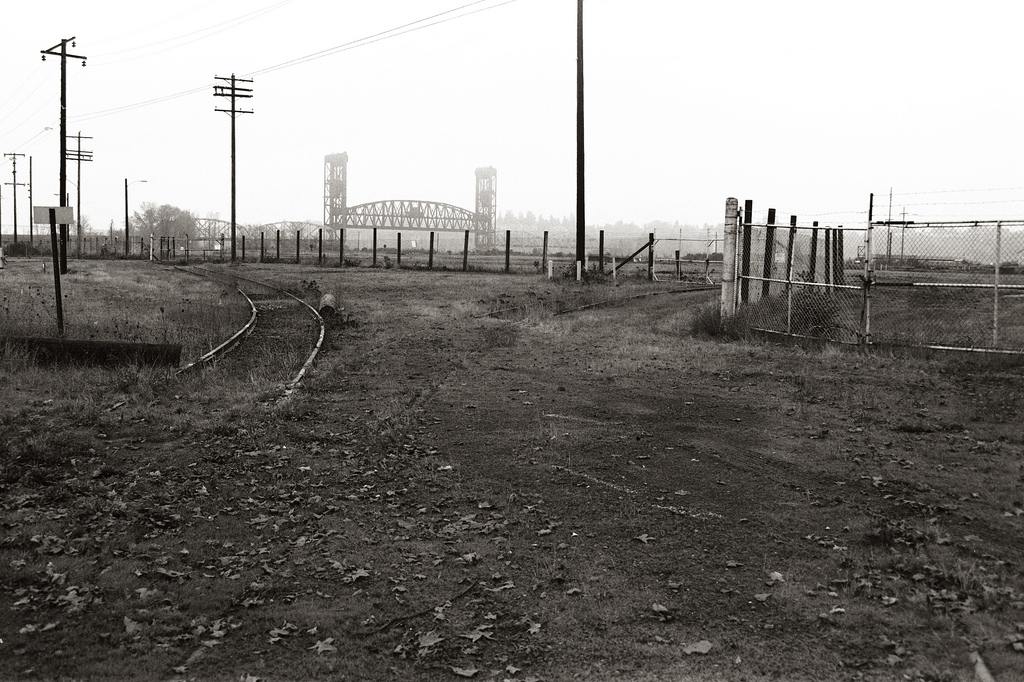-
A Primer on Trip Generation
As a key factor in determining rates for Portland’s proposed street utility fee, the Institute of Transportation Engineers’ (ITE, henceforth) Trip Generation Manual has gotten a lot of love lately among local transportation wonks. It is worthwhile, then, to take a quick trip through the weeds of the manual to better understand where the opportunities…
-
I Have Some Good Ideas for that Other $850
Joseph Rose is reporting on a survey indicating that Oregon is among the lowest cost states to own a motor vehicle. Among the cost differentials, an average of $157 in taxes and fees compared to $1,058 nationally. Imagine how many sidewalks we could build with that other $850/car…
-
Breaking down the economics of bus vs MAX
There’s been a bunch of stuff in the comments of the SW Corridor: Transportation Bundles article about the relative (operational) efficiencies of bus versus light rail. The discussion mirrors a debate that occurs in the wider community. Two dueling theories are commonly articulated: That MAX is more efficient, operationally, than bus–that in busy corridors, it…
